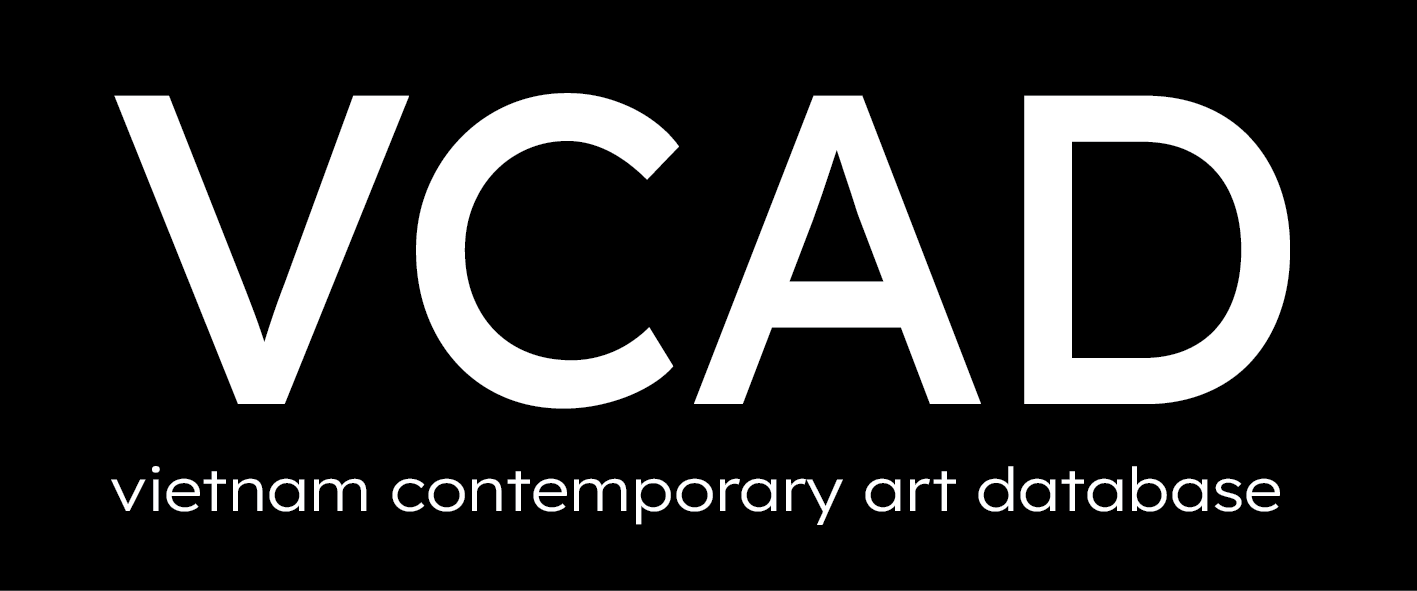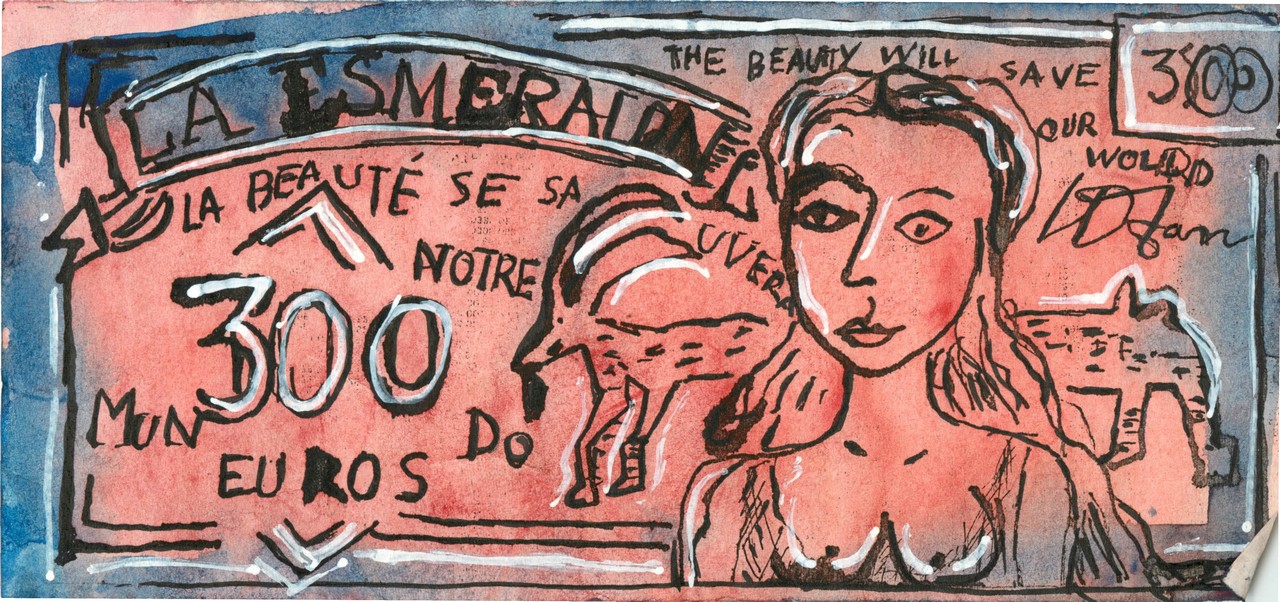Monoprints, hand-colored with ink, acrylic, and correction pen, on photocopied ink templates on paper.
Description
Euros are perhaps the most numerous bills in Tan’s money production. They divide into sub-series which are combined by new slogans replacing the previous “Patria o muerte!” and mirroring the artist’s social concern as in “Quo Vadis?” or his eccentric humor as in “Napoleon ou rien” (Napoleon or nothing). Yet most of the euro money bills are united by Tân’s favorite quotation from Dostoevsky: “The beauty will save the world” in power of which he unreservedly believed.
Tan began to produce Euros in 1999 preceding conversion of European currencies to the single one. Visually proclaiming a conflict of economics and spirit, of globalism and romanticism, the artist populates his money drawings with pilgrims, Venuses, angels, horses and tigers, as well as beautiful women from mythology (Helen of Troy, Leda), literature (Esmeralda, Dulcinea, Carmen) and real life (Monica Lewinsky), The romantic iconography remains dominant in his humorous compositions. Looking back and forward into the flow of history Tan forms an unusual synthesis. His images contain the features of different characters: Venuses / angels, horses with wings etc. The habitual pilgrim now turns into travelling rider, who has resemblance with both St.George and the Vietnamese mythological hero Thánh Gióng.
Characterizing iconographic repertoire in Tan's art, the critic Iola Lenzi argues that it is "eclectic and speaks of the artist's deep cultural erudition. Not identifiably
Vietnamese or even Asian, as well as looking to tribal forms, it includes references from architecture, classical Greek mythology, Western philosophy, music, literature, global current events and history. Used as intellectual rather than stylistic or aesthetic prompts, Icarus, Paganini, Venus, Napoleon,Don Quixote and even Europe's adoption of a single currency all find their way into his works. Like so many bons mots, en passant... Indeed, the artist is so engrossed in the mythic that he has taken to signing his work with a stamp of his likeness in Napoleonesque headgear, effectively mythologizing himself" (1) [Lenzi 2010: 20]. This same mythologization is obvious in all Tan's money series. But regardless of whom he represents in his euro-money art — a pilgrim, a scientist, a rider or an emperor — he plays a role of a silent worshiper of beauty, a servant of Muse.
Text extracted from Money for all Times essay, Kraevskaia, Natalia, in Money for all Times Catalog, 2010, p. 18.
(1) Source: Lenzi, Iola. Urbane Subversion: Empowerment, Defiance and Sexuality in the Art of Vu Dan Tan. In the book: 12 Contemporary Artists of Vietnam. Hanoi, The Gioi publishers, 2010, p. 13-33.



